15 Ways To Spot A Bad Dog Owner
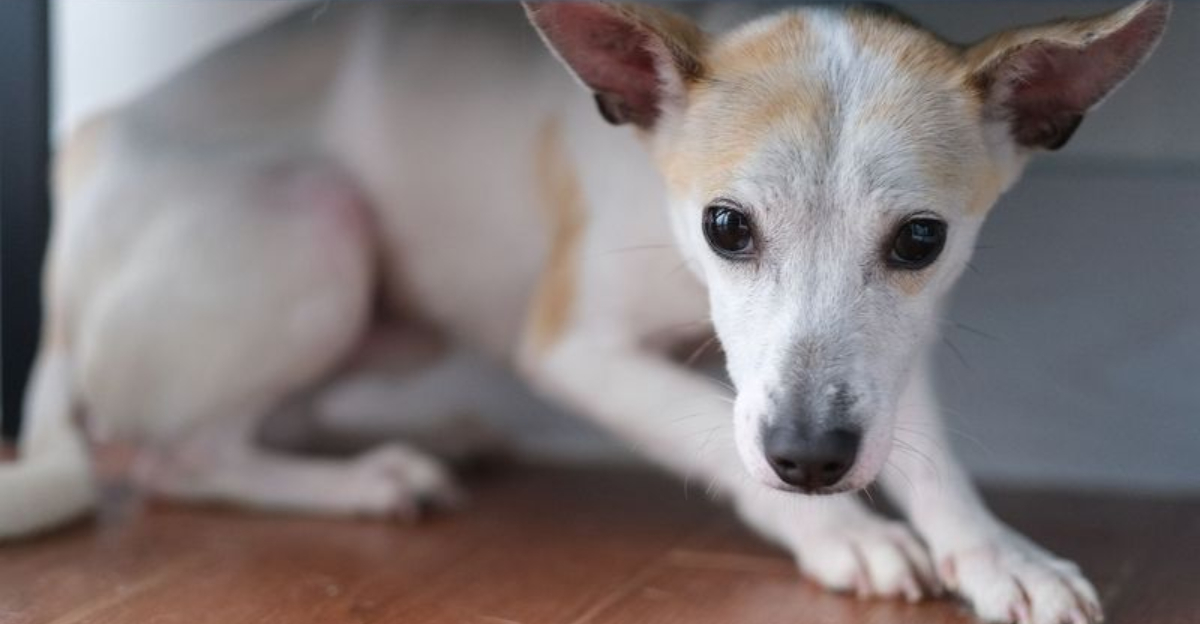
Ever wondered if you’re a true dog whisperer or just a casual pet parent? Spotting a bad dog owner is like being a detective on a mission.
You’ll unravel behaviors that scream “I need a pet care 101 class!” From ignoring basic needs to some downright baffling habits, let’s explore the telltale signs that separate the devoted from the negligent.
1. Inconsistent Feeding Schedule

Imagine a day where breakfast comes at 8 AM, then suddenly shifts to noon the next day. Dogs thrive on routine, and an inconsistent feeding schedule can lead to anxiety and digestive issues.
Changing meal times frequently disrupts their natural body rhythm. This lack of consistency can also cause behavioral problems, as they become stressed about when their next meal will arrive.
A stable feeding routine is crucial for a dog’s physical health and emotional stability.
2. Ignoring Basic Hygiene
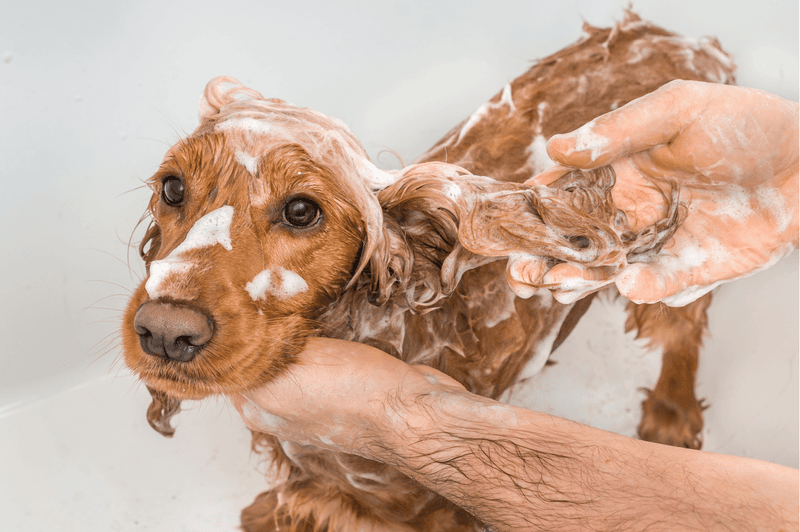
Walking around with a disheveled coat and dirt-streaked paws might be acceptable for a wild coyote, but not for a domestic pooch. Missing regular grooming sessions spells neglect.
When was the last time they had a bath or a brush?
This isn’t just about looks – it’s about health. Dirty fur can lead to skin woes and infections. If a dog’s hygiene is compromised, it’s a clear signal the owner might not be giving them the care they need.
3. Lack Of Training
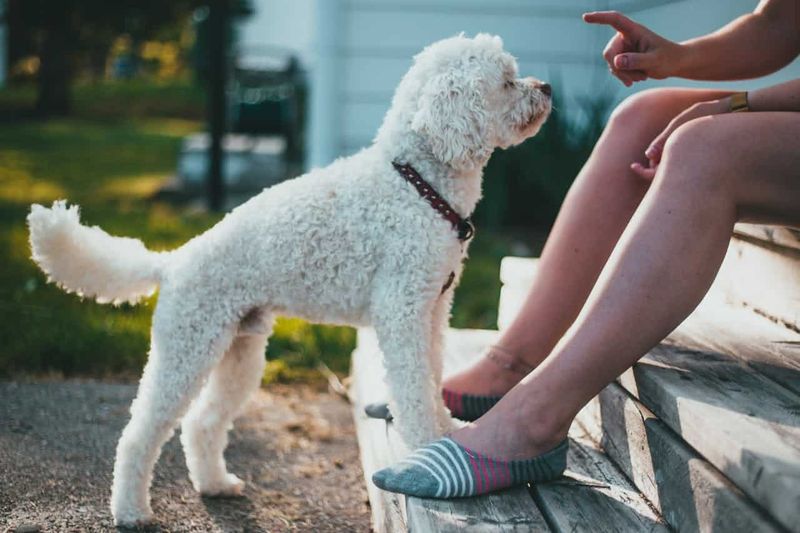
Dogs love to learn and it’s a shame when they’re not given the chance. Imagine a child who never went to school; dogs need training for their mental stimulation and safety.
Constant barking, leaping on visitors, or pulling on the leash are cries for guidance. Training isn’t just for show; it’s an essential part of dog ownership.
A lack of training is a big flashing sign of an owner who might need some lessons themselves.
4. Overfeeding Or Underfeeding
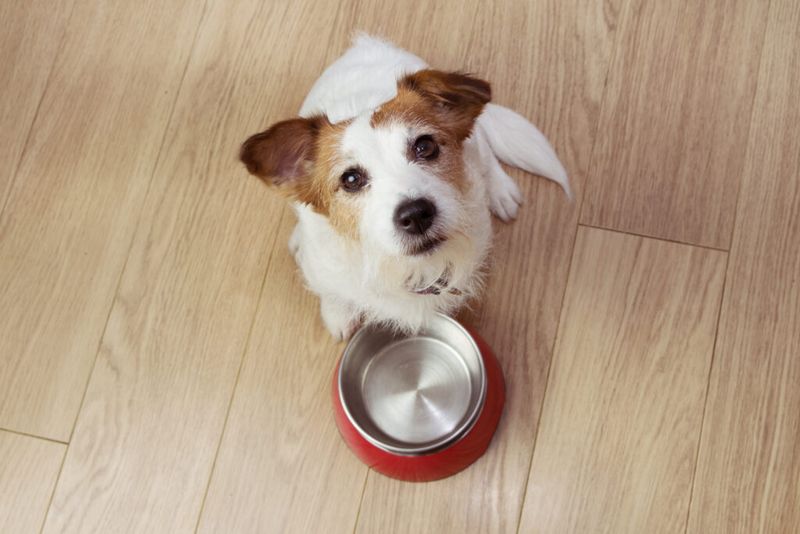
We all love a treat now and then, but moderation is key. Dogs that look like they’ve swallowed a beach ball, or those that are all skin and bones, show signs of dietary mismanagement.
It’s not just poor portion control; it’s a lack of understanding of a dog’s nutritional needs. Being overweight or underweight affects their quality of life.
Owners should aim for that just-right balance to keep tails wagging.
5. Lack Of Socialization
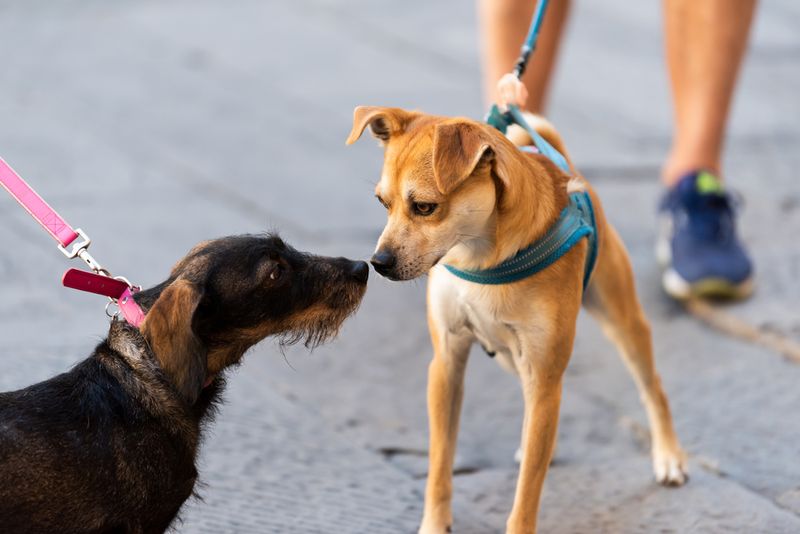
You wouldn’t lock a child in a room for days, would you? Dogs are social creatures and thrive on interaction.
A pooch that shies away from others or becomes aggressive might not be getting enough playtime with pals.
Socialization helps them understand the world around them. It’s a red flag if a dog is overly timid or hostile in social settings – it might indicate an owner who’s neglecting their social needs.
6. Tying Dogs Outside For Long Periods
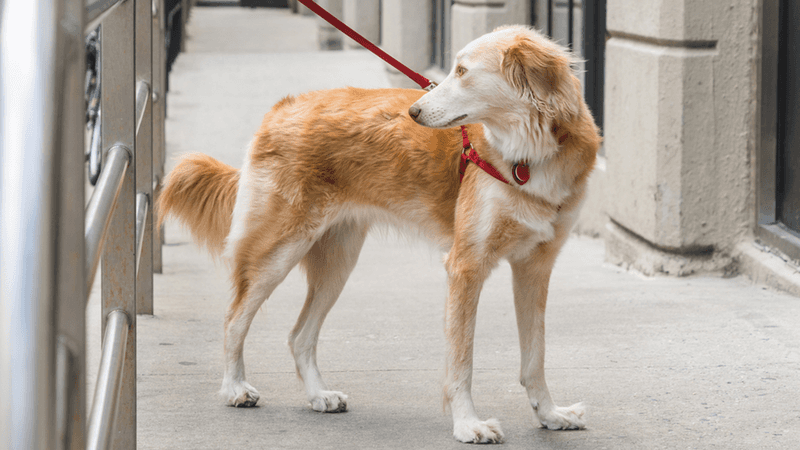
Imagine being stuck in a time-out corner all day. Dogs deserve freedom and companionship. Leaving them tied outside, exposed to weather extremes, is a sign of neglect.
It can lead to behavioral issues and physical harm. Dogs need to be part of the family, not left out in the cold.
An owner who frequently ties up their dog might be unaware of the psychological impact it has on their furry friend.
7. Ignoring Mental Stimulation

Ever had a day where you did absolutely nothing? Boring, right? Dogs feel the same way. They require mental challenges to stay sharp.
If a dog looks perpetually bored or destructive, it’s a cry for mental enrichment. Puzzle toys, training sessions, or even a simple game of fetch can work wonders.
Overlooking this aspect of care shows an owner who might underestimate the importance of mental exercise.
8. Neglecting Exercise

Couches are cozy, but they’re not meant for all-day lounging. Dogs, no matter the size, need regular exercise.
A chubby couch potato or a high-energy breed bouncing off the walls is a sign of a sedentary lifestyle.
Exercise keeps dogs healthy and mentally balanced. Owners who skip daily walks or play sessions are missing out on bonding time and compromising their pet’s health, signaling a lack of engagement.
9. Lack Of Attention To Behavior Problems
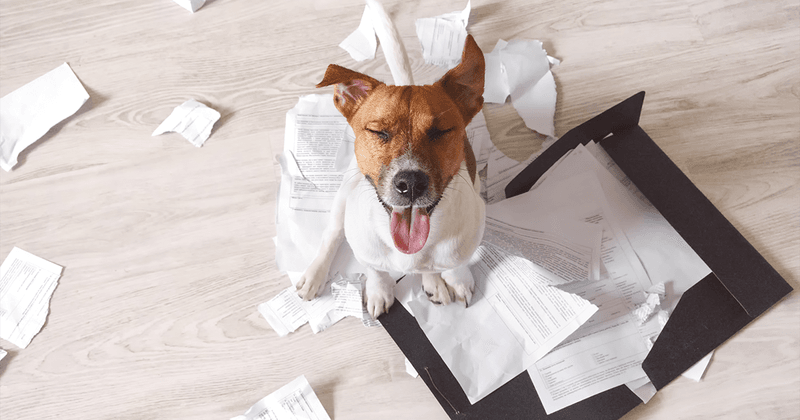
Ever had a neighbor who never shuts up? Dogs can be the same if behavior problems go unchecked. Excessive barking, chewing, or digging aren’t just quirks – they’re cries for help.
Addressing behavioral issues isn’t about discipline; it’s about understanding and guiding. An owner who brushes off these problems is ignoring their dog’s needs.
It’s a missed opportunity to strengthen the human-canine bond.
10. Not Cleaning Up After Their Dog
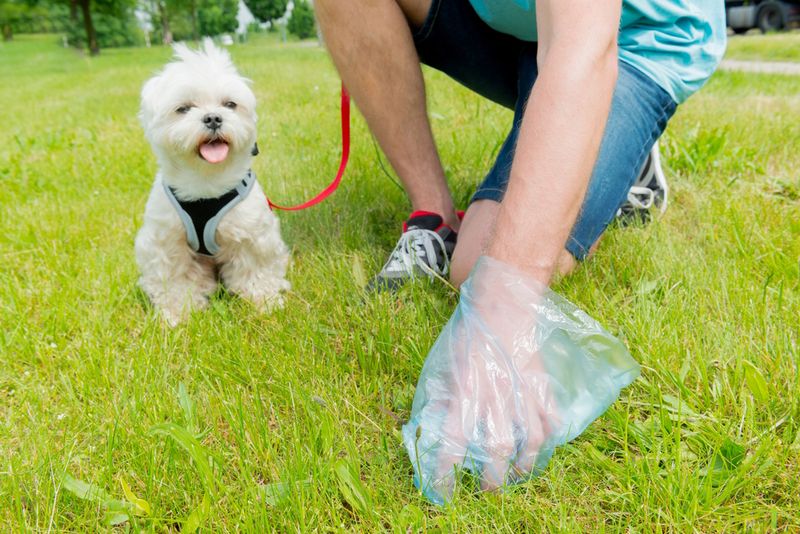
Nobody likes stepping in surprises! Leaving dog waste around isn’t just unsightly—it’s unsanitary. It poses health risks and shows a disregard for community spaces.
Responsible owners bag and trash it. Failing to clean up reflects an owner’s carelessness. It’s a simple act of courtesy and responsibility.
If a dog’s mess is left behind, it’s a glaring sign of an owner who might not be taking their duties seriously.
11. Ignoring Signs Of Distress

Ever notice a dog trembling during a thunderstorm? It’s not just a quirky habit. Ignoring signs of fear or anxiety indicates an oblivious owner.
Dogs express distress in many ways – panting, hiding, or shaking. Addressing fears with comforting gestures or vet advice is crucial.
An owner who shrugs off these behaviors might not be in tune with their pet’s emotional needs, indicating a lack of understanding and empathy.
12. Using Inappropriate Discipline
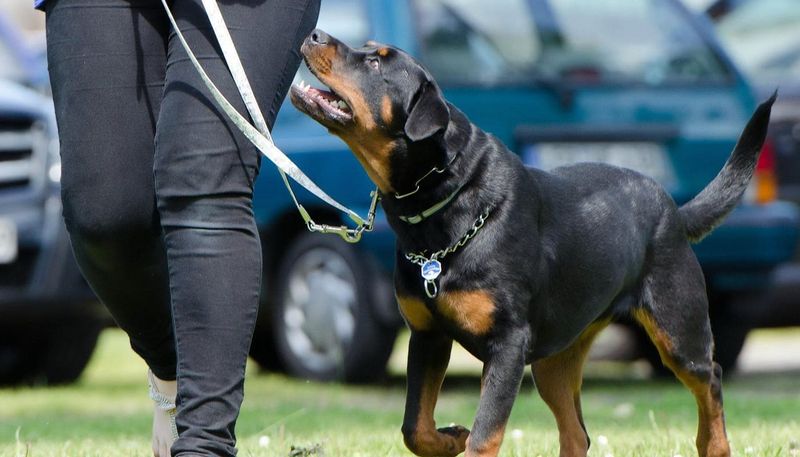
Imagine getting scolded for something you didn’t understand. Harsh discipline can break trust and cause fear. Yelling or physical punishment isn’t the answer.
Dogs respond better to positive reinforcement and patience. An owner who resorts to inappropriate discipline might be unaware of the harm it does to the bond with their dog.
It’s a sign they might need guidance on effective training techniques.
13. Neglecting To Provide Identification
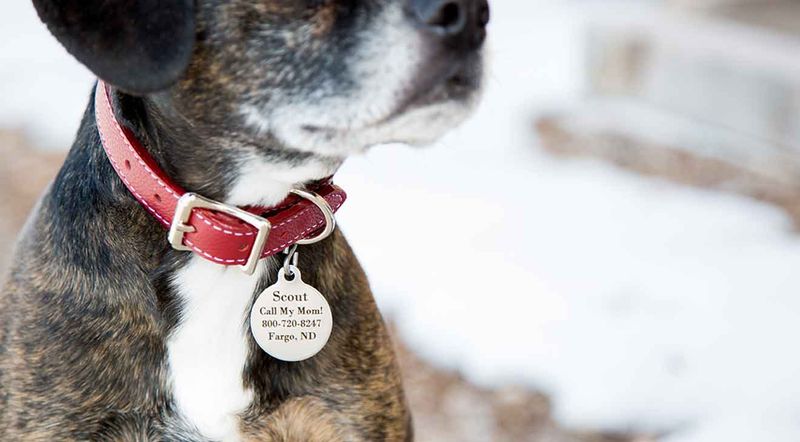
Ever lost something precious? Dogs can wander too. Identification tags and microchips are a lifeline if they get lost. A dog without proper ID is at risk, and it’s an oversight on the owner’s part.
An ID tag or microchip helps reunite lost pets with their humans. Owners who neglect this are taking unnecessary risks with their dog’s safety. It’s an essential step in responsible pet ownership.
14. Allowing Aggressive Behavior
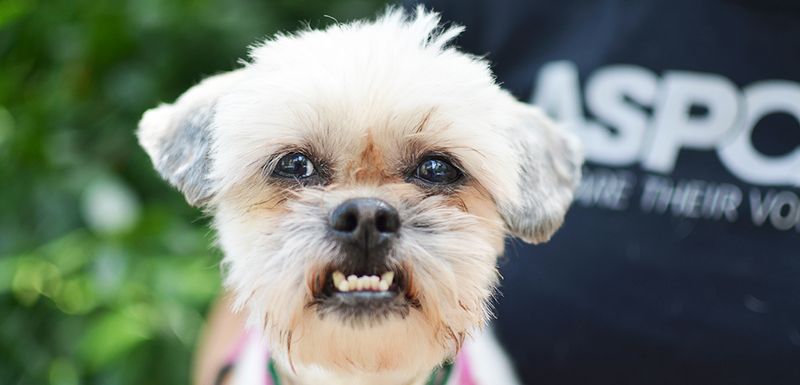
Got a friend who’s a bit too confrontational? In dogs, aggression can be a sign of underlying issues. Allowing or ignoring aggressive behavior is dangerous.
It’s not just about the bite risk; it’s about understanding the root cause. Owners should address aggression with professional help.
Letting it slide shows a lack of responsibility and concern for both the dog and the community. Safety should always come first.
15. Failing To Adapt To A Dog’s Needs
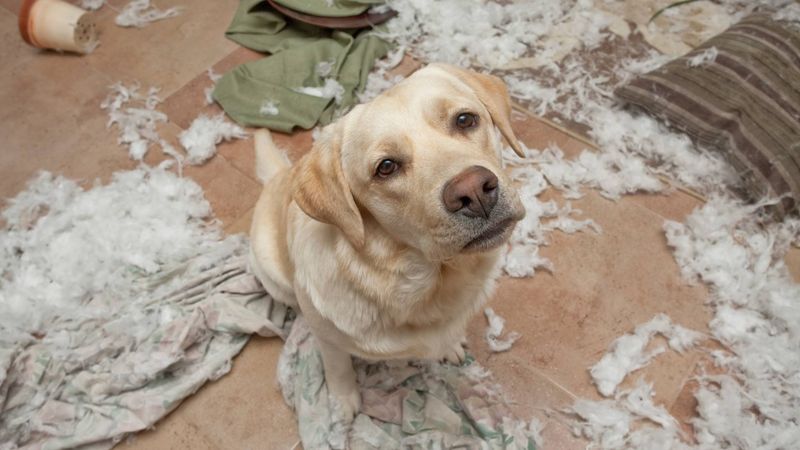
As dogs age, their needs change, just like us. A senior dog might need help with stairs or a comfy bed. Not adapting to these changes is a sign of neglect.
Owners should be proactive in modifying their home and routine to suit their aging pet’s needs.
If a dog struggles with daily activities and the owner remains oblivious, it’s a clear indication of neglecting the evolving aspects of pet care.






